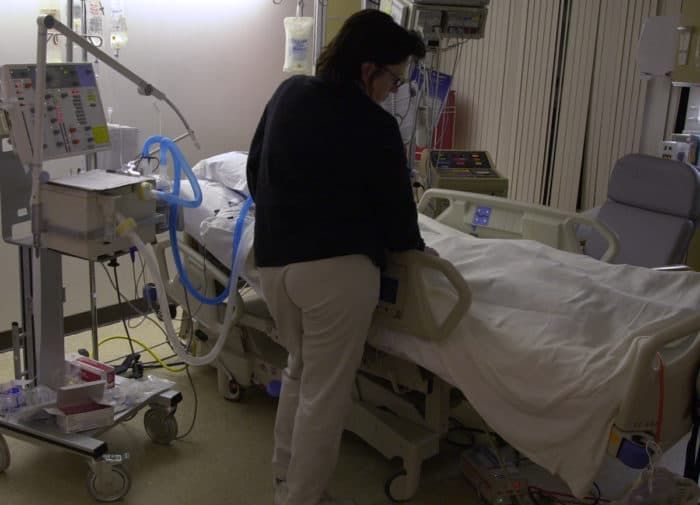What is Donation After Circulatory Death?
Today, organ donation after circulatory death has increased the donation of life-saving organs – mostly kidneys and livers – by as much as 25 percent in a few areas of the country.
 Donation after circulatory death (DCD) is a pathway to organ donation which can occur when a patient dies from cardiac arrest in the hospital.
Donation after circulatory death (DCD) is a pathway to organ donation which can occur when a patient dies from cardiac arrest in the hospital.
A potential DCD donor patient has a devastating, non-survivable neurologic injury and is on a ventilator.
When your physician determines that your loved one has no chance for recovery, and, as the next of kin you decide to withdraw life-support, you may be offered the opportunity of Donation After Circulatory Death.
The Gift of Life Transplant Coordinator will engage you and your family in a donation conversation that provides full information on the power, meaning and life-transforming nature of the donation decision, share questions that other families of potential donors commonly ask and answers any questions that you may have about any aspect of this process.
Your loved one’s physicians and Gift of Life professionals will work with you to decide on the time to discontinue life-support. The withdrawal of treatment process is most often moved to the operating room so that the organ recovery process can begin as soon as possible after the patient’s heart stops and the patient’s doctor has determined they have died. The patient’s physician and nurse will be in attendance, providing end-of-life support and care exactly as they would have in the critical care unit.
DCD helps lessen the current shortage of donor organs
DCD is a return to how organ donation practices began more than 40 years ago, before the recognition of brain death.
Today, organ donation after circulatory death has increased the donation of life-saving organs; mostly kidneys, livers and pancreas. Thanks to advances in research and technology, we are now also able to transplant lungs and hearts using the DCD pathway to donation.
In Gift of Life’s region DCD donors save the lives of more than 200 people each year.
